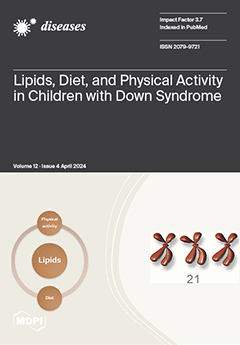Open AccessArticle
Evaluation of Binding and Neutralizing Antibodies for Inactivated SARS-CoV-2 Vaccine Immunization
by
Heng Zhao, Guorun Jiang, Cong Li, Yanchun Che, Runxiang Long, Jing Pu, Ying Zhang, Dandan Li, Yun Liao, Li Yu, Yong Zhao, Mei Yuan, Yadong Li, Shengtao Fan, Longding Liu and Qihan Li
Viewed by 623
Abstract
The circulating severe acute respiratory syndrome coronavirus-2 (SARS-CoV-2) variant presents an ongoing challenge for surveillance and detection. It is important to establish an assay for SARS-CoV-2 antibodies in vaccinated individuals. Numerous studies have demonstrated that binding antibodies (such as S-IgG and N-IgG) and
[...] Read more.
The circulating severe acute respiratory syndrome coronavirus-2 (SARS-CoV-2) variant presents an ongoing challenge for surveillance and detection. It is important to establish an assay for SARS-CoV-2 antibodies in vaccinated individuals. Numerous studies have demonstrated that binding antibodies (such as S-IgG and N-IgG) and neutralizing antibodies (Nabs) can be detected in vaccinated individuals. However, it is still unclear how to evaluate the consistency and correlation between binding antibodies and Nabs induced by inactivated SARS-CoV-2 vaccines. In this study, serum samples from humans, rhesus macaques, and hamsters immunized with inactivated SARS-CoV-2 vaccines were analyzed for S-IgG, N-IgG, and Nabs. The results showed that the titer and seroconversion rate of S-IgG were significantly higher than those of N-IgG. The correlation between S-IgG and Nabs was higher compared to that of N-IgG. Based on this analysis, we further investigated the titer thresholds of S-IgG and N-IgG in predicting the seroconversion of Nabs. According to the threshold, we can quickly determine the positive and negative effects of the SARS-CoV-2 variant neutralizing antibody in individuals. These findings suggest that the S-IgG antibody is a better supplement to and confirmation of SARS-CoV-2 vaccine immunization.
Full article
►▼
Show Figures





